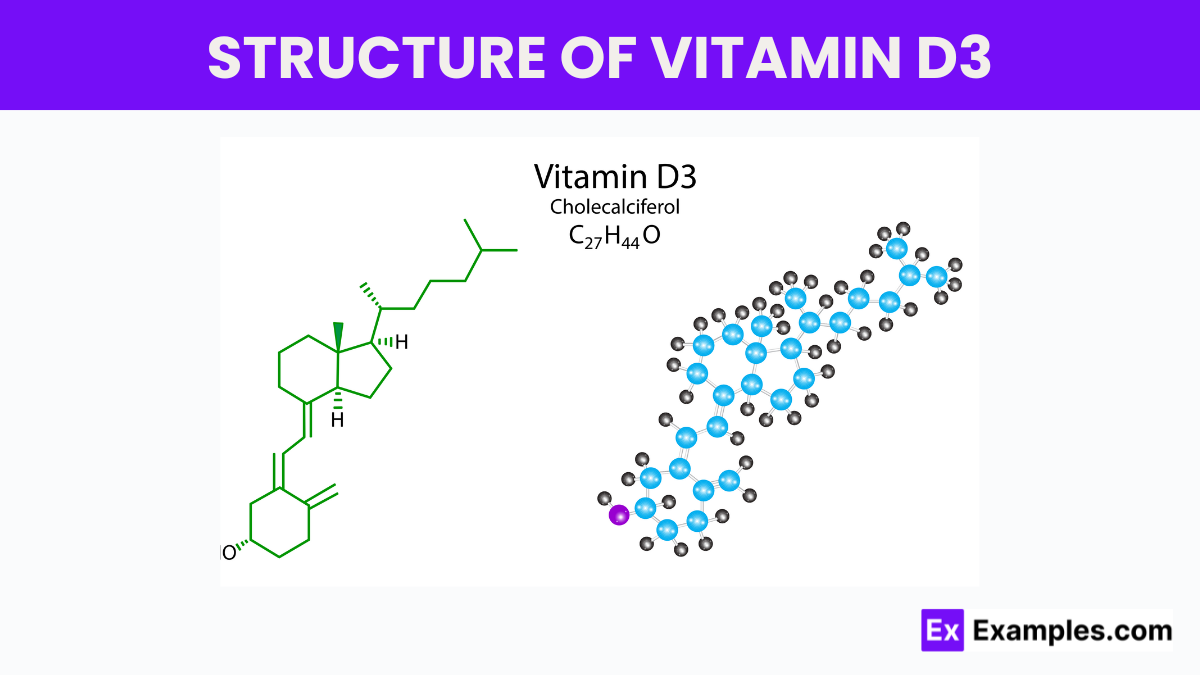What is the primary source of Vitamin D3?
Vegetables
Sunlight
Grains
Water

Vitamin D, often hailed as the “sunshine vitamin,” plays a pivotal role in our overall health, particularly in bone health and immune function. Among its various forms, Vitamin D3, also known as cholecalciferol, stands out. While Vitamin D refers to a group of fat-soluble secosteroids responsible for enhancing intestinal absorption of calcium, magnesium, and phosphate, Vitamin D3 is a specific form that is synthesized by our skin when exposed to sunlight and found in certain animal-based foods. This distinction is crucial as Vitamin D3 is noted for its superior efficacy in raising and maintaining Vitamin D levels in the body, making it a focal point for health and nutrition discussions.
Vitamin D3, scientifically known as cholecalciferol, is one of the two main forms of Vitamin D, which is critical for maintaining overall health. Unlike its counterpart, Vitamin D2 (ergocalciferol), which is derived from plant sources and fortified foods, Vitamin D3 is synthesized naturally by the human body when the skin is exposed to sunlight, specifically ultraviolet B (UVB) rays. It can also be obtained through certain animal-based foods, such as fatty fish, liver, egg yolks, and fortified products.

This structure is characterized by a secosteroid framework, which means it is a steroid molecule with one of its bonds broken. The vitamin D3 molecule comprises 27 carbon atoms, making it a relatively large organic molecule, and it is classified as a lipid due to its fat-solubility.
The backbone of vitamin D3’s structure is similar to that of cholesterol, reflecting its steroidal nature. This backbone consists of four interconnected hydrocarbon rings, labeled A, B, C, and D. The A-ring possesses an open B-ring due to the secosteroid nature of vitamin D3, distinguishing it from typical steroids.
A significant feature of vitamin D3 is the presence of a side chain attached to the D-ring, which extends the molecule and is crucial for its biological activity. This side chain contains a double bond between the 22nd and 23rd carbon atoms, which is essential for vitamin D3’s ability to be converted into its active form in the body.
Additionally, vitamin D3 has several methyl groups (CH₃) and a hydroxyl group (OH) attached to its structure. The hydroxyl group, located at the 3rd carbon in the A-ring, is particularly important because it is involved in the further hydroxylation processes that vitamin D3 undergoes in the liver and kidneys to become biologically active.
While naturally occurring Vitamin D3 is predominantly found in animal-based products, some foods are fortified with Vitamin D3 to enhance their nutritional value, including:
To combat Vitamin D3 deficiency, consider the following strategies:
Yes, taking Vitamin D3 daily is beneficial for bone health, immune support, and overall well-being, especially in deficient individuals.
Vitamin D is a general term, while Vitamin D3, or cholecalciferol, is a more potent form produced by the body when exposed to sunlight.
Individuals with limited sun exposure, older adults, those with darker skin, and people with certain dietary restrictions may need Vitamin D3 supplements.
Low Vitamin D3 levels can lead to weakened bones, muscle pain, fatigue, and increased risk of infections and chronic diseases.
Text prompt
Add Tone
10 Examples of Public speaking
20 Examples of Gas lighting
What is the primary source of Vitamin D3?
Vegetables
Sunlight
Grains
Water
Which of the following foods is a good source of Vitamin D3?
Spinach
Salmon
Apples
Rice
Vitamin D3 is also known as:
Calciferol
Cholecalciferol
Tocopherol
Retinol
What is the main role of Vitamin D3 in the body?
Blood clotting
Bone health
Energy production
Digestion
Deficiency in Vitamin D3 can lead to:
Scurvy
Night blindness
Anemia
Rickets
Which population is at higher risk of Vitamin D3 deficiency?
People living in tropical areas
People with excessive sun exposure
People with limited sun exposure
People with high fish consumption
Vitamin D3 is essential for the absorption of which mineral?
Iron
Potassium
Calcium
Sodium
Which of the following is a symptom of Vitamin D3 deficiency?
High blood pressure
Brittle nails
Increased appetite
Muscle weakness
How can Vitamin D3 deficiency be diagnosed?
Urine test
Blood test
Eye test
Skin biopsy
Which demographic is recommended to take Vitamin D3 supplements?
Newborns
Teenagers
Elderly adults
Middle-aged adults
Before you leave, take our quick quiz to enhance your learning!

